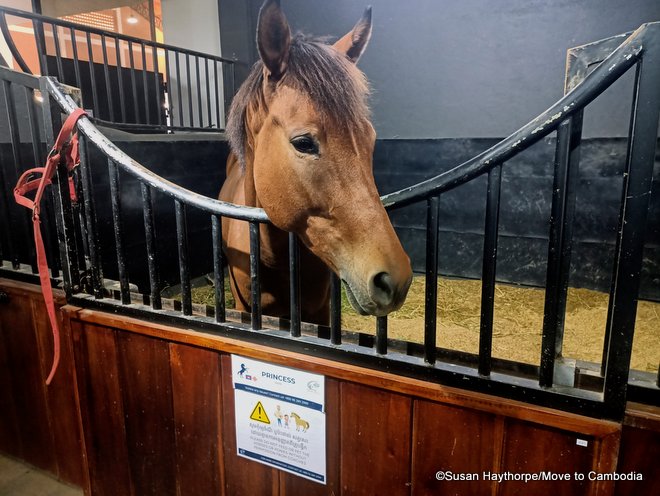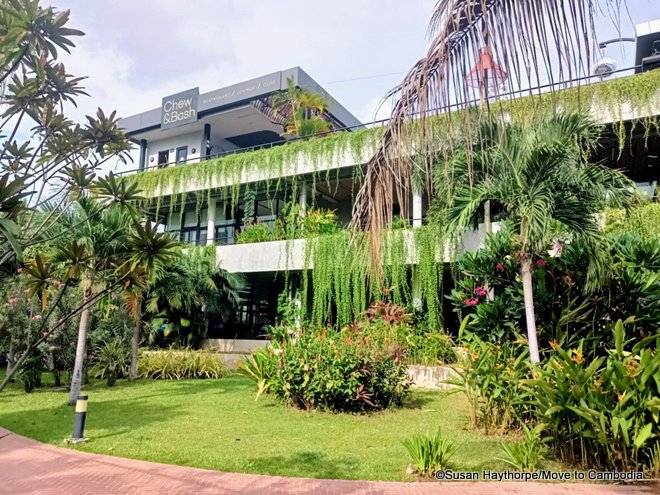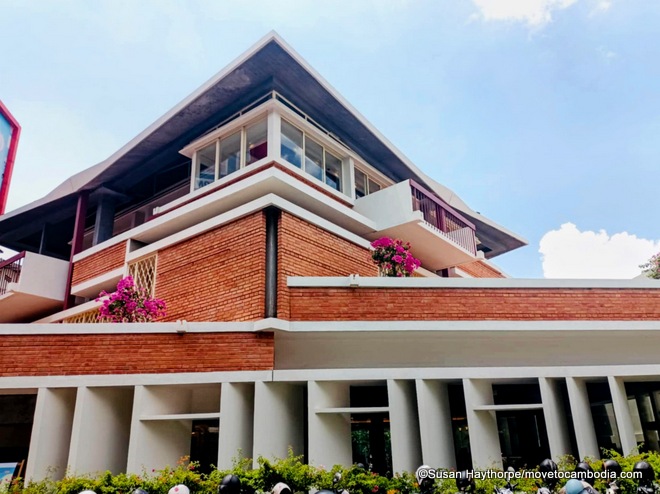Horseback riding, as both a recreational activity and a competitive sport, is coming into its own in Phnom Penh with the welcome arrival of Genius Resort. The specialist equestrian center has brought exciting new opportunities for experienced riders and complete beginners of all ages since it opened off Northbridge Street in the Sen Sok area in early 2024.

This gorgeous girl Princess is one of the 50 horses at Phnom Penh’s Genius Resort.
The growing popularity of all things equestrian was fueled a few years back at the Phnom Penh Country Club’s riding school. When the Club discontinued this facility Genius Resort seized the reins, buying up the horses and equipment to kickstart the venture it has since taken from strength to strength.
Genius Resort now boasts over fifty (and counting) excellent horses and ponies, some home-bred and others imported from around the world, along with an expert team of equally international trainers and grooms who ensure young and adult riders alike have an enjoyable, safe and professional experience. Classes are held in Beginners, Intermediate and Advanced categories and both private and group lessons are available. Beginners’ lessons start from age five, while kids from three upwards can ride and learn to bond with the ponies. As horseback riding is known to build youngsters’ fitness, confidence and self-esteem and to encourage a sense of responsibility, it’s a fun and rewarding hobby for them to get into. Continue reading






